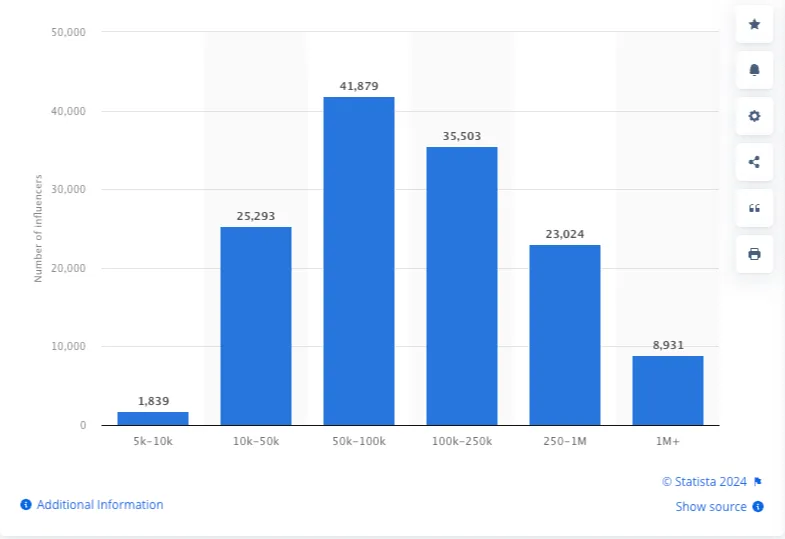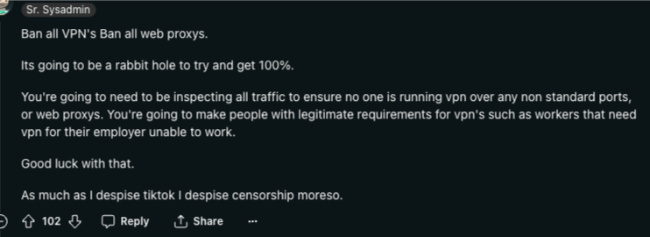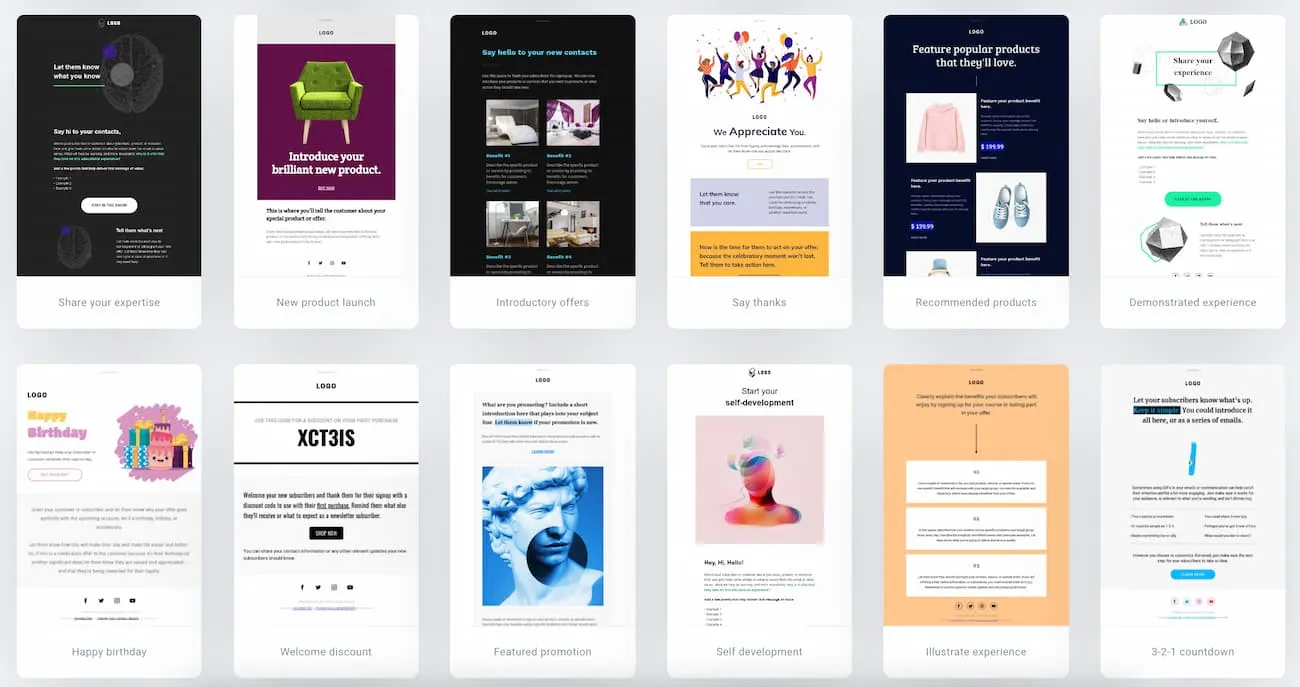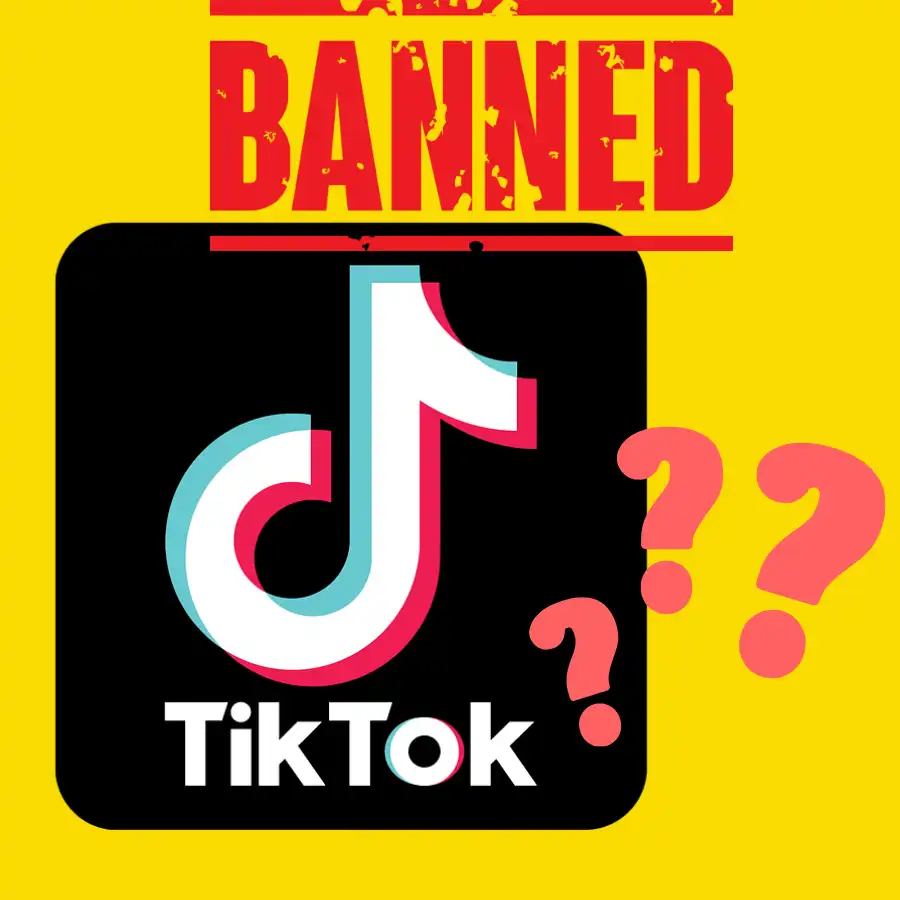The situation in the US House of Representatives is heating up with discussions about a potential TikTok ban. This ban could have significant implications for American businesses, influencers, and content creators.
Preparation is key for American businesses, influencers, and content creators facing the possibility of a TikTok ban. They need to strategize and diversify their platforms to mitigate potential losses.
For businesses relying on TikTok for marketing and outreach, diversifying their social media presence is essential. They can explore platforms like Instagram, YouTube, and Twitter to maintain their audiences reach.
Influencers and content creators should also be proactive in adapting to a changing landscape. They can start creating content tailored for alternative platforms and engage with their audience to maintain their following.
The importance of preparation cannot be overstated because a sudden ban could disrupt operations and revenue streams. By staying informed and proactive, businesses, influencers, and content creators can navigate these uncertain times more effectively.
Overall, the looming possibility of a TikTok ban underscores the need for preparedness and adaptability in today’s digital landscape. Businesses and creators must be ready to pivot and explore new opportunities to thrive in an ever-changing environment.
Possible Scenarios and Implications
The bill’s progress in the US House of Representatives is a topic of intense discussion. Various outcomes are possible, ranging from a complete ban on TikTok to more nuanced regulatory measures.
Political, diplomatic, and corporate dynamics play crucial roles in influencing the potential ban. Concerns over data privacy, national security, and economic competition are driving factors behind the proposed legislation.
If TikTok were to be banned, businesses relying on the platform could face significant challenges. Revenue streams tied to TikTok advertising and partnerships might dry up, impacting their bottom line.
Content creators and influencers may also experience a direct hit to their income sources. Without TikTok as a platform for monetization and brand collaborations, they’ll need to pivot quickly to alternative avenues for generating revenue.
Overall, the potential ban on TikTok underscores the complex interplay between politics, technology, and commerce. Businesses and creators must monitor developments closely and prepare for potential disruptions to their operations and income streams.
Affected Parties
Businesses, influencers, and industries heavily reliant on TikTok are at risk of being significantly impacted by a potential ban. Sectors such as fashion, beauty, entertainment, and e-commerce have flourished on the platform, utilizing its wide reach and engagement.
Statistics highlight TikTok’s significance across various sectors. For instance, in the fashion industry, brands have leveraged TikTok to showcase new collections and trends, reaching younger demographics effectively.
Similarly, in the beauty industry, makeup tutorials, skincare routines, and product reviews have thrived on TikTok, driving sales and brand awareness. The platform’s algorithmic content discovery has made it a fertile ground for viral marketing campaigns and influencer collaborations.
Overall, businesses, influencers, and industries that have integrated TikTok into their marketing and outreach strategies face uncertainty. The potential ban highlights the importance of diversification and adaptability in today’s rapidly evolving digital landscape.
Importance of TikTok for Americans
From the CEO’s perspective, TikTok has empowered millions of users in the US, providing a platform for creativity and self-expression. Its diverse user base reflects the cultural tapestry of America, fostering a sense of belonging and community.
Data underscores TikTok’s significant role in driving purchases and influencing consumer behavior. Studies show that a substantial portion of TikTok users discover new products and brands through the platform, leading to increased sales and brand engagement.
Moreover, TikTok’s algorithmic feed serves up content tailored to individual interests and preferences, making it a powerful tool for advertisers to reach their target audiences. This targeted approach enhances user engagement and encourages meaningful interactions between brands and consumers.
In essence, TikTok has become an integral part of American culture, offering entertainment, inspiration, and opportunities for businesses to connect with consumers in authentic and innovative ways. Its potential ban underscores the need to recognize its value and explore ways to ensure continued access to its benefits for American users.

Global Perspective on TikTok Bans
TikTok has faced bans or restrictions in several countries, including India, Nepal, and Hong Kong. These bans have been driven by concerns over data privacy, national security, and content regulation.
In India, TikTok was banned amidst tensions between India and China, leading to a significant loss for the platform and its users. Similarly, Nepal imposed a ban citing concerns over inappropriate content and its potential impact on youth.

Hong Kong’s ban on TikTok came amid political unrest and concerns over censorship, further restricting access to the platform. These bans highlight the complexities of operating a global social media platform in an increasingly politicized and regulated landscape.
From these bans, valuable lessons can be learned about the importance of addressing regulatory concerns and building trust with governments. TikTok and other social media platforms must prioritize transparency, accountability, and collaboration with authorities to mitigate the risk of future bans.
Adaptation Strategies
After a ban, users often seek alternative platforms and adapt their content accordingly. Some may migrate to similar apps, while others explore different avenues for sharing their creativity and connecting with their audience.
Diversifying marketing channels and platforms becomes crucial for businesses and creators navigating post-ban landscapes. Relying solely on one platform like TikTok can leave them vulnerable to sudden changes and disruptions.
By diversifying their marketing efforts across multiple channels, businesses can mitigate risks and reach a broader audience. This approach allows them to maintain visibility and engagement, even if one platform faces challenges or restrictions.
Similarly, content creators can safeguard their income streams by expanding their presence beyond a single platform. Engaging with audiences on various platforms ensures continuity and resilience in the face of uncertainty.
In essence, adapting to post-ban scenarios requires flexibility, creativity, and a willingness to explore new opportunities. By diversifying marketing channels and platforms, businesses and creators can future-proof their strategies and thrive in dynamic digital landscapes.
Maintaining Online Presence and Revenue
To mitigate revenue loss, businesses and creators can explore alternative monetization methods, such as sponsored content, affiliate marketing, or merchandise sales. This diversification spreads the risk and ensures a steady income stream, even if one avenue is disrupted.
Engaging directly with their audience through newsletters, email lists, or community forums fosters a sense of connection and loyalty. This direct communication enables businesses and creators to gather feedback, tailor their content, and offer exclusive promotions or discounts.
Owning promotional media, such as a website or blog, provides businesses and creators with greater control over their brand image and messaging. It also serves as a centralized hub where audiences can find relevant information, updates, and resources.
By maintaining ownership of promotional media, businesses and creators can safeguard their online presence and adapt more effectively to changes in algorithms or platform policies. This autonomy empowers them to pivot quickly and maintain visibility, regardless of external factors.
In summary, strategies for maintaining online presence and revenue involve diversifying income streams, engaging directly with audiences, and owning promotional media. These approaches ensure resilience and sustainability in an ever-evolving digital landscape.
Leveraging Email Marketing
Email newsletters offer several benefits for audience engagement and revenue generation. They provide a direct channel to communicate with subscribers, delivering personalized content, updates, and promotions. This fosters a sense of connection and loyalty, driving engagement and increasing the likelihood of conversions.

Converting TikTok audiences into email subscribers requires strategic tactics. One approach is to offer exclusive content or incentives, such as discounts or freebies, in exchange for email sign-ups. Promoting the newsletter within TikTok content and utilizing call-to-action prompts can also encourage viewers to subscribe.
Additionally, businesses and creators can leverage TikTok’s interactive features, like polls or Q&A sessions, to gather email sign-ups. Engaging with the audience and providing valuable content builds trust and incentivizes them to join the newsletter community.
By integrating email marketing into their overall strategy, businesses and creators can nurture relationships with their audience beyond TikTok. This allows for deeper engagement, increased brand loyalty, and more opportunities for revenue generation.
“Don’t Build Your Content House On Rented Land”
-Joe Pulizzi
Conclusion
Preparing for a potential TikTok ban requires proactive planning and strategic diversification. Businesses and creators can mitigate the impact by diversifying their marketing channels, exploring alternative revenue streams, and engaging directly with their audience through email newsletters and owned promotional media.
By implementing these key strategies, businesses and creators can safeguard their digital livelihoods and adapt more effectively to changing landscapes. Emphasizing proactive planning and diversification ensures resilience and sustainability in the face of uncertainty, enabling them to thrive in dynamic digital environments.
In summary, the key to navigating a potential TikTok ban lies in preparation, diversification, and proactive planning. By taking these steps, businesses and creators can future-proof their strategies and continue to connect with their audience, regardless of external disruptions.



